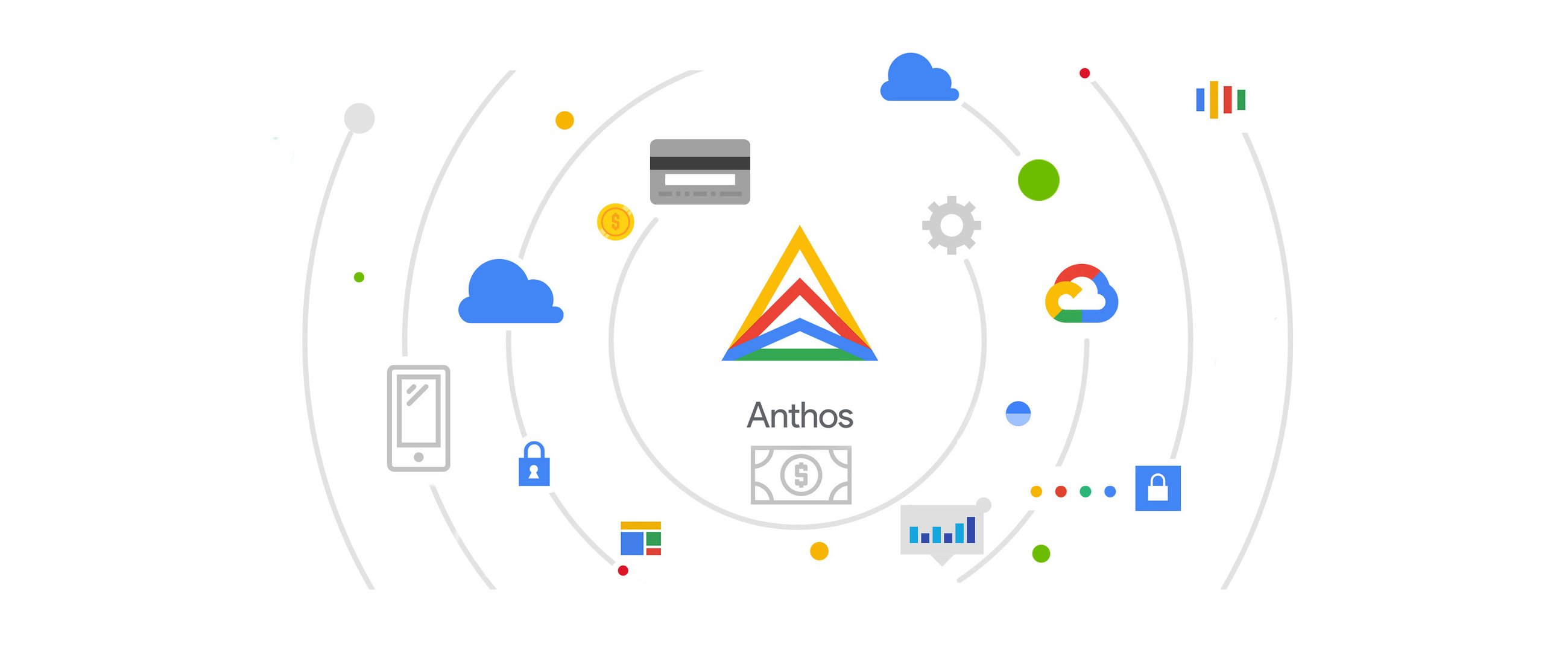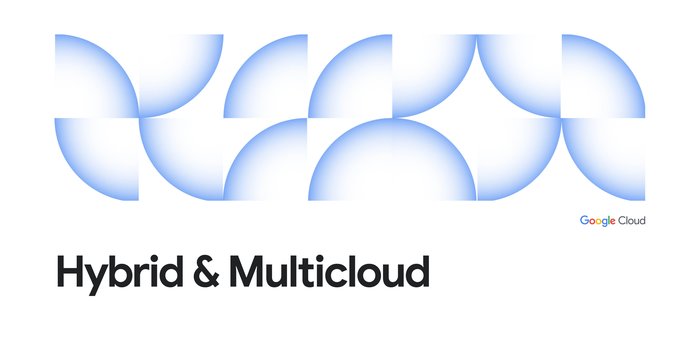KeyBank chooses Anthos to develop personalized banking solutions for its customers

Keith Silvestri
CTO, KeyBank
Chris McFee
Director of DevOps Practices, KeyBank
Editor’s note: KeyBank, the primary subsidiary of KeyCorp in Cleveland, OH, is a superregional bank with $137 billion under management. Last year, KeyBank joined the Anthos early access program, as they looked at how to extend the benefits of containers and Kubernetes to legacy applications. Here’s why.
When you’ve been around as long as KeyBank has—nearly 200 years—you know a thing or two about keeping up with the pace of change. What started out as the Commercial Bank of Albany, New York, is today the 13th largest bank in the United States, with about 1,000 branches spanning from Alaska to Maine. And as we grow, transforming ourselves through digitization is a central way that we connect with and serve our clients.
Digitization allows us to spend less time servicing “fast” money—individual transactions such as deposits, withdrawals, transfers—and more time on “slow” money—personalized banking solutions for goals like starting a business, retirement or paying for college. Because we provide a robust online and mobile experience for fast money, when a client comes into a branch, we can have deeper conversations with them about how slow money can help with their financial wellness.
As part of these efforts to digitize the enterprise, we’ve been using containers and Kubernetes in our on-prem data center for several years, mainly for our customer-facing online banking applications. The speed of innovation and competitive advantage of a container-based approach is unlike any technology we’ve used before. In 2015, we acquired First Niagara Bank, and had to onboard its 500,000 online retail bank clients. During the conversion weekend, our new clients had trouble navigating the new website and logging in. Over the course of two days, our web team deployed as many as 10 fixes to production in real-time, without having to take down the system a single time. That never could have happened without the portability and automation of containers and Kubernetes.
Containers and Kubernetes have also helped us spin infrastructure up and down on demand. That’s significant when you have big spikes in demand, like over major shopping days such as Black Friday and Cyber Monday. For example, our online banking application averages about 35 logins per second, but that can surge to 100 logins per second at peak periods. Think about that—we can quickly triple our capacity without having to do anything, because our Kubernetes infrastructure automatically spins up capacity and spins it back down again when it’s not needed.

We wanted to bring that kind of “burstability” to the rest of our infrastructure—applications that weren’t developed to run in containers. In addition to the online banking applications running in Kubernetes, we support over 300 other internal applications that are critical to our day-to-day operations—including fraud detection and corporate account management—and 95% of those run on VMware. We also wanted to stay as close as possible to the open-source version of Kubernetes.
Anthos, Google Cloud’s hybrid and multi-cloud platform, checked all those boxes. It gives us the ability to spin up infrastructure whenever—and wherever—we need, so we can provide that same burstability to internal processes that weren’t created to natively run in containers. Google created Kubernetes, so we know that much of the Anthos feature set comes straight from the source. We deploy Anthos locally on our familiar and high-performance Cisco HyperFlex hyperconverged infrastructure of computing, networking and storage resources. We manage the containerized workloads as if they’re all running in GCP, from the single source of truth, our GCP console.
We’ve been partnering closely with Google Cloud and Cisco on Anthos since day one and are taking a methodical approach to deciding which applications to migrate there. First on our list: applications that change all the time, so that they can benefit from earlier and more frequent testing that containerization brings to the table. By verifying the technical wellbeing of our applications, we’re helping to ensure our clients are on a path to financial wellness.

